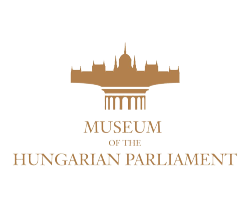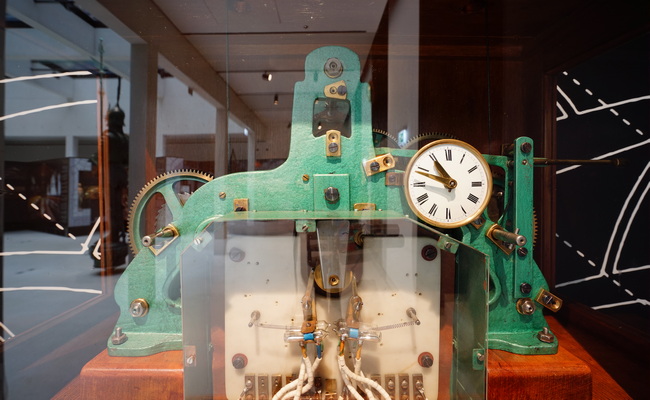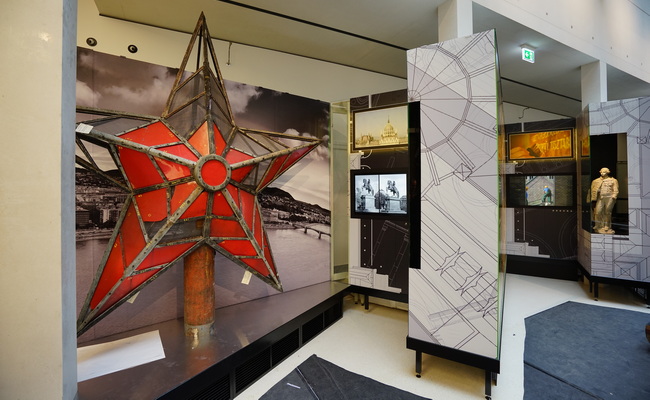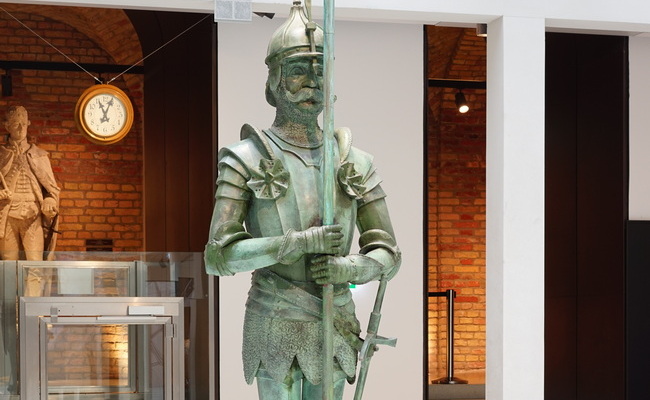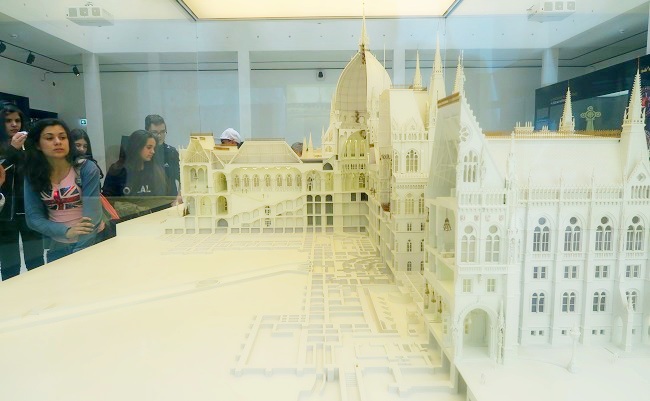History of the House
History of the House
The Béla Neÿ hall was the first interior courtyard of the Houses of Parliament covered with a glass ceiling in which an exhibition space was set up.
Curiosities of the show include the red star that was formally set in the cupola of the Houses of Parliament, one of the copper statues of valiant soldiers that also served as lightning rods for the building, and a 1:100 scale model of the Parliament building.
The exhibition experience is made complete by modern technology: visitors can take a thematic peek behind the scenes on ten different screens and discover interesting details ranging from the introduction of spaces not included in the guided tour and technical installations hidden from view to the virtual presentation of the building’s construction. Next to the screens are the plaster modellos that were made for the competition so the stone statues of Hungarian kings could be placed on the facade of the building.
A spectacular part of the exhibition is the presentation of the mechanisms for close to fifty centrally controlled clocks, which in their time were a true sensation and barely used anywhere else. The clocks of the Houses of Parliament are still centrally controlled from the electricians’ workshop but now operate with modern technology.
The exhibition space set up in the courtyard bears the name of Béla Pilisi Neÿ (Pest, 9 June 1843 – Budapest, 18 March 1920), an architect, a university private tutor, a ministerial advisor and a newspaper editor. During his government ministry work, he conducted technical inspections on large-scale Budapest construction projects, including the Main Customs House, the Technical University and the Veterinary Academy. However, his greatest achievement was the work he carried out as the notary for the Executive Committee for the Parliament’s Construction and as the head of technical inspection of the construction project. Upon the completion of the Parliament building, he wrote and edited a representative album presenting the building and its technical equipment.
The large, illustrated volume titled The Hungarian House of Parliament – The Work of Imre Steindl (1906) is not only one of the most important contemporaneous sources on the construction of the Houses of Parliament but an almost unrivalled work in the history of Hungarian publishing in regard to its applied arts implementation. It comprises 46 pages of text (in Hungarian, German and French) illustrated with 69 photos; in addition to a detailed description of the construction and the building, it contains the budget and a list of contributors. This is supplemented by 9 figures as well as 44 black and white and 5 colour photographs. A copy of the album is displayed at the exhibition.
A taste of the exhibition material:
orszaghaz_tortenete_jobb_hasab
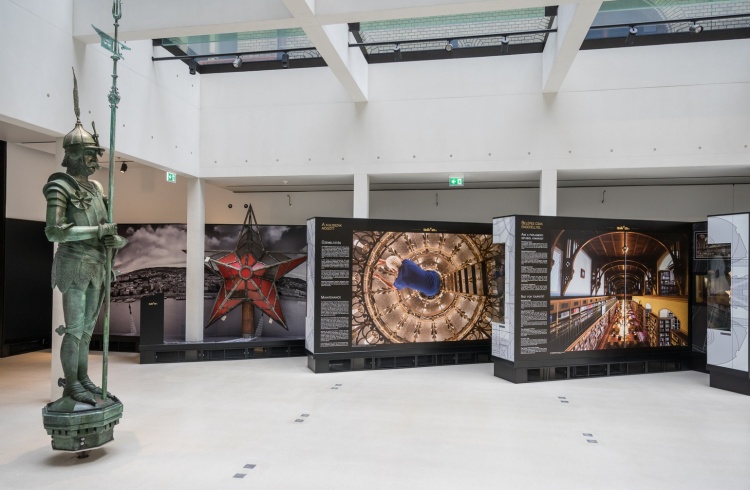
|
The exhibition is open to visitors with a ticket for a guided tour of the Parliament building; it can be viewed in the Béla Neÿ Hall as the last stop of the tour.
PURCHASE TICKETS |

